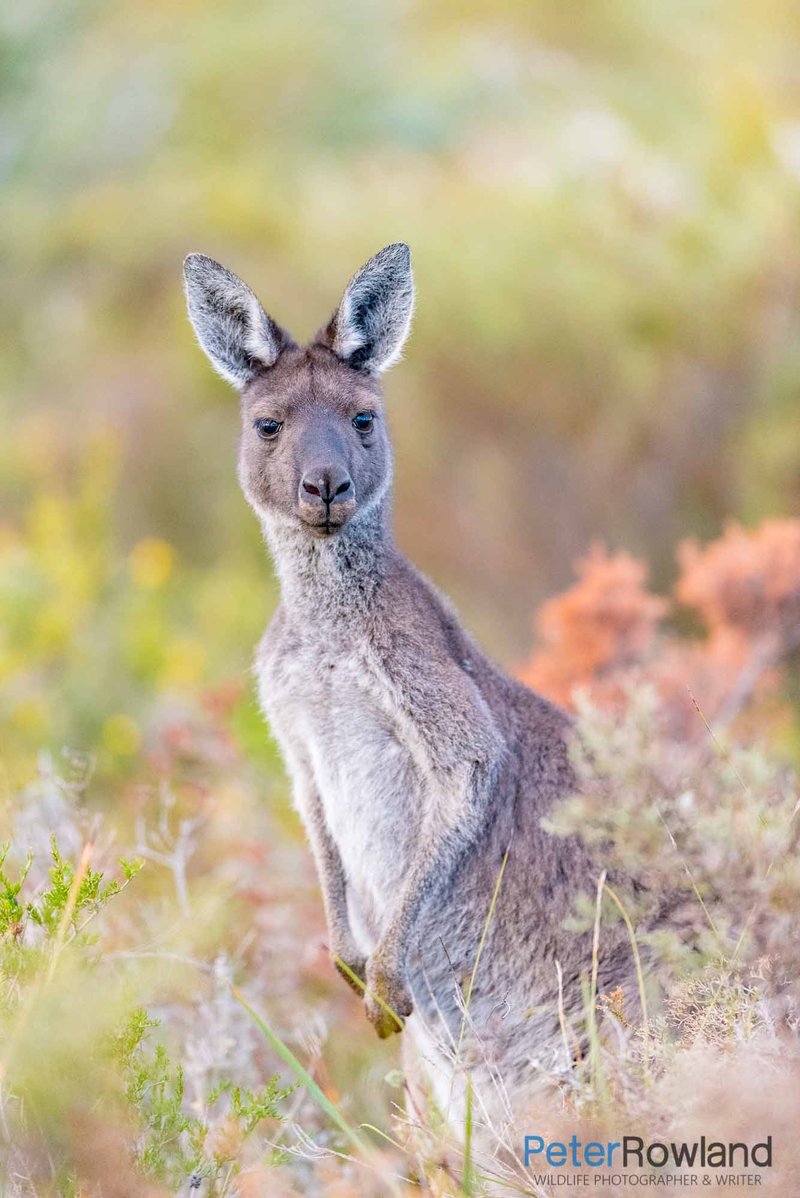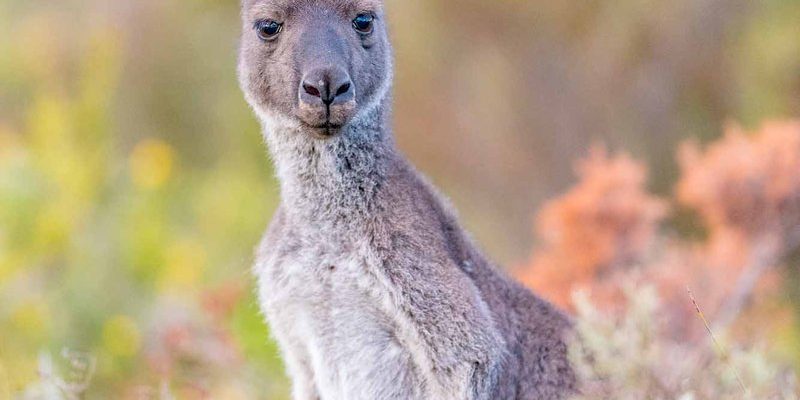
Understanding the Status of the Western Grey Kangaroo
In terms of conservation status, the *Western Grey Kangaroo* is classified as “Least Concern” by the International Union for Conservation of Nature (IUCN). But what does that mean? It indicates that, at present, they are not facing immediate threats of extinction on a global scale. However, that doesn’t paint the whole picture.
While their numbers might seem stable overall, regional populations can face stressors that could affect their long-term viability. Areas where habitat loss occurs or where human-wildlife conflict escalates may see these kangaroos at greater risk. So, even if they aren’t endangered yet, certain populations could be teetering on the edge.
Threats to Their Habitat and Life
One of the biggest threats to the Western Grey Kangaroo is habitat destruction. Urban expansion and agricultural activities are encroaching on the land that kangaroos call home. It’s similar to trying to navigate a maze with walls being moved around—you’re bound to get lost!
In addition to habitat loss, these kangaroos often face challenges such as:
- Road Traffic: As more roads are built, kangaroos are increasingly at risk of being struck by vehicles.
- Predation: Introduced species, such as foxes and domestic dogs, pose threats to young kangaroos.
- Climate Change: Changes in weather patterns can alter their food sources and habitats.
Each of these factors can make it tough for the Western Grey Kangaroo to thrive, especially in regions where they once flourished.
Conservation Efforts Around the Globe
Conservationists are working hard to ensure the Western Grey Kangaroo continues to hop through the outback for generations to come. Various organizations are focusing on multiple approaches to protect their habitats and populations.
Some of the key conservation efforts include:
- Habitat Restoration: Projects aim to restore and preserve natural habitats, ensuring that kangaroos have safe spaces to live and breed.
- Wildlife Corridors: Establishing pathways allows kangaroos to cross roads safely and access essential resources.
- Public Education: Raising awareness among communities helps promote compassionate coexistence with wildlife.
These initiatives are crucial. It’s about giving kangaroos a fighting chance in a rapidly changing world while also fostering a sense of stewardship among humans.
The Role of Local Communities in Conservation
It’s heartening to see how local communities are stepping up to help protect the Western Grey Kangaroo. Through education and engagement, more people are recognizing the importance of this species in Australia’s ecosystem.
Communities can play a vital role in:
- Monitoring Populations: Local volunteers often participate in monitoring kangaroo populations, providing valuable data for conservation efforts.
- Mitigating Human-Wildlife Conflict: Educating residents about safely coexisting with kangaroos reduces conflicts and enhances protective measures.
- Advocating for Policies: Grassroots movements can influence local policies to better protect kangaroo habitats and mitigate further risks.
This collective effort highlights that conservation isn’t just about the animals—it’s about the people who can make a difference in their lives.
Future Prospects for the Western Grey Kangaroo
Looking ahead, the future of the Western Grey Kangaroo largely hinges on continued conservation efforts and the public’s commitment to protecting their habitats. While their current status may not categorize them as endangered, vigilance is essential.
Here’s the thing: every small change counts. By supporting local conservation initiatives, advocating for sustainable land use, and fostering awareness of kangaroo plight, we can contribute to a healthier ecosystem.
As climate change continues to reshape the planet, keeping tabs on what impacts these animals will be vital. It’s a team effort, and every little bit helps keep the Western Grey Kangaroo hopping towards a brighter future.
In summary, while the Western Grey Kangaroo is currently not listed as endangered, it’s clear that they face a variety of challenges. Their health and safety depend largely on habitat conservation and the efforts of dedicated communities. By educating ourselves and participating in local initiatives, we not only stand a chance to protect this beloved species but also contribute to the preservation of Australia’s rich and diverse wildlife.
So, the next time you hear about kangaroos, remember they’re more than just cute icons—they’re vital parts of the ecosystem, and we have a role in ensuring they’ll thrive for future generations.

